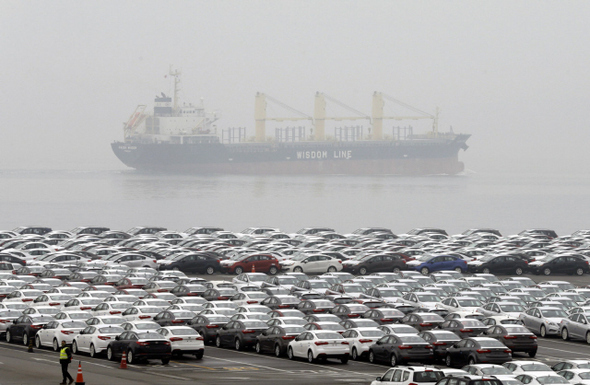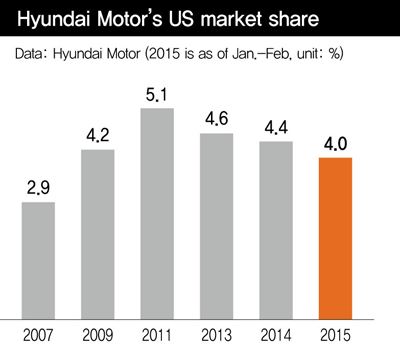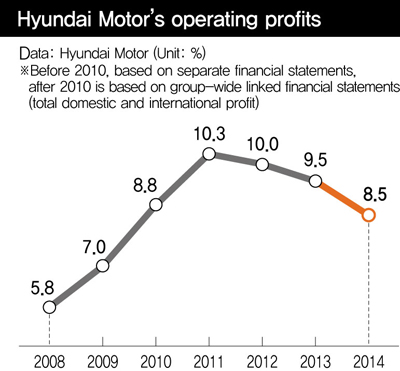 |
Hyundai cars waiting to be shipped overseas from a port in Pyeongtaek, Gyeonggi Province.
|
 |
Hyundai Motor’s US market share
|
 |
Hyundai Motor’s operating profits
|
 |
Hyundai cars waiting to be shipped overseas from a port in Pyeongtaek, Gyeonggi Province.
|
 |
Hyundai Motor’s US market share
|
 |
Hyundai Motor’s operating profits
|
No comments:
Post a Comment